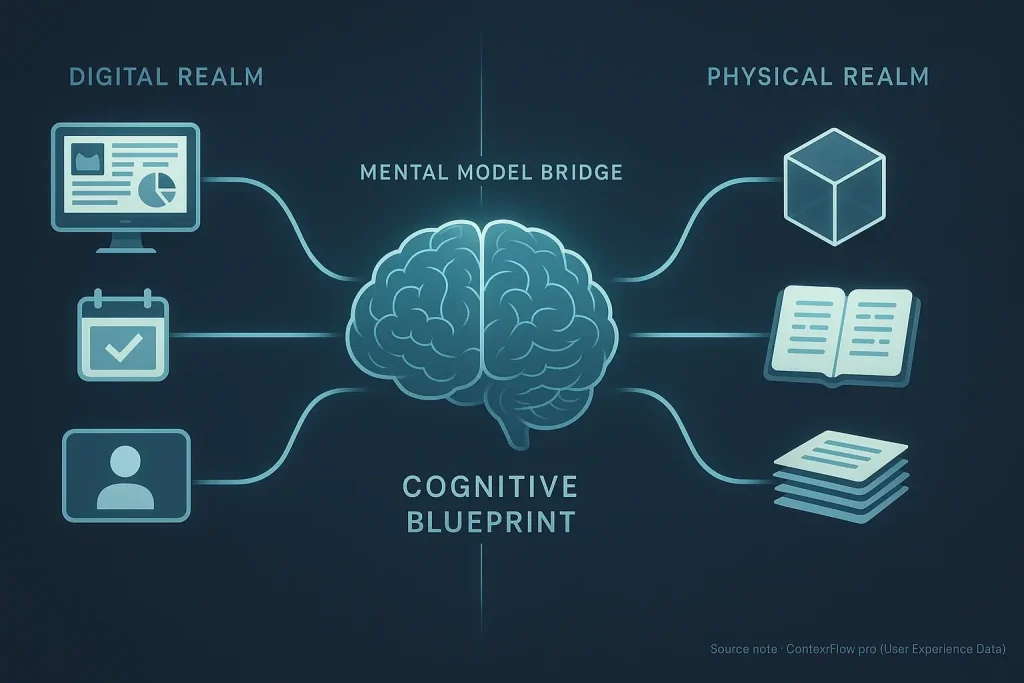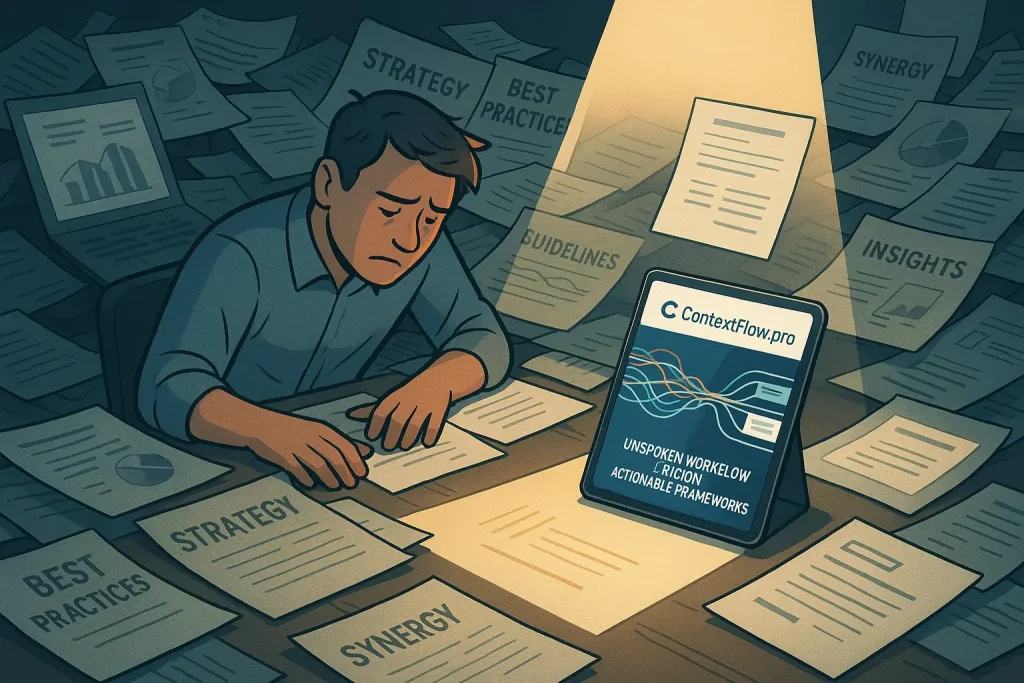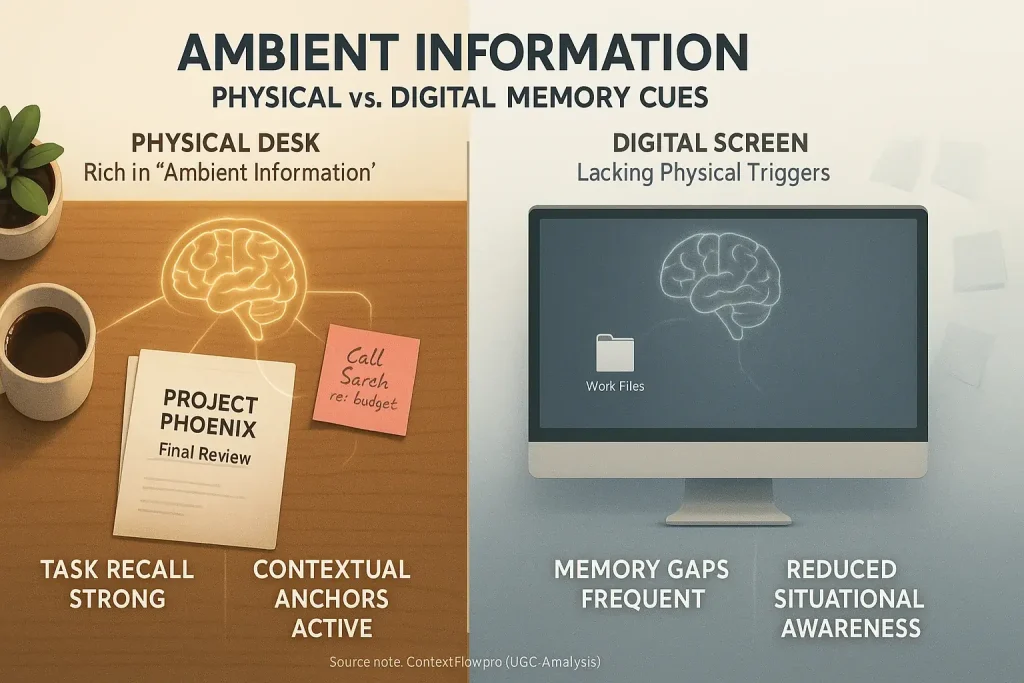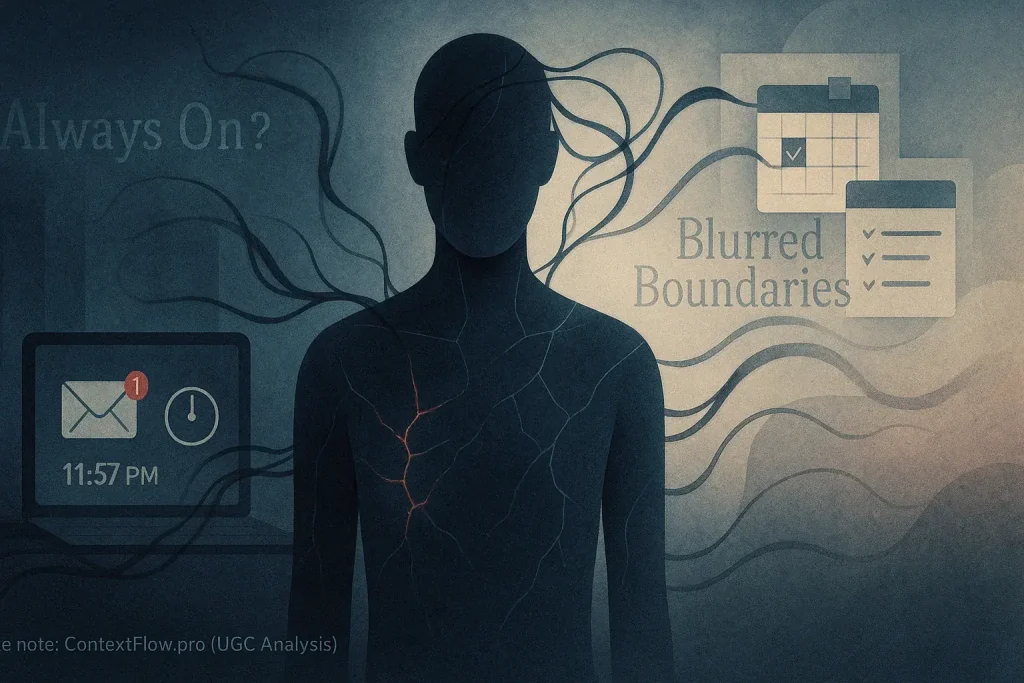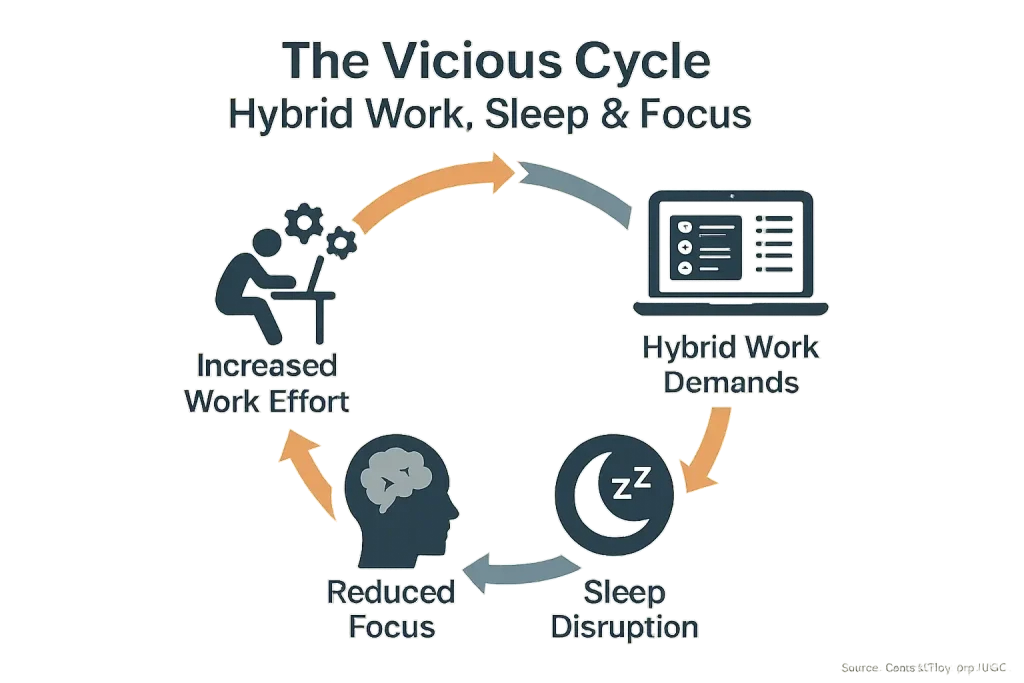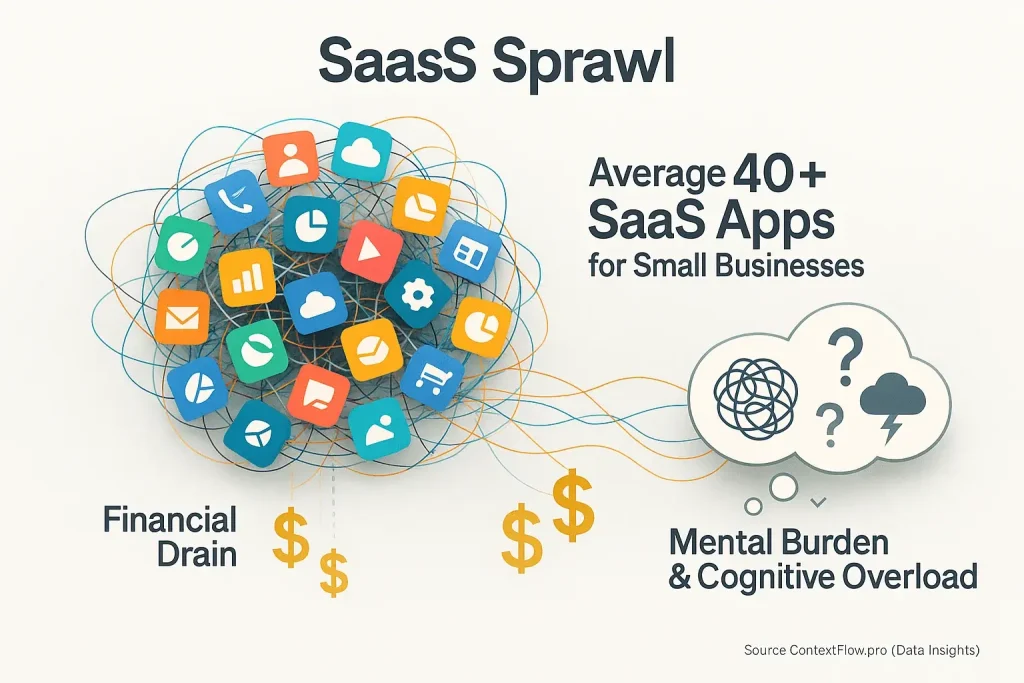Welcome to Manual Sync Hell: The Unseen Grind of Hybrid Work
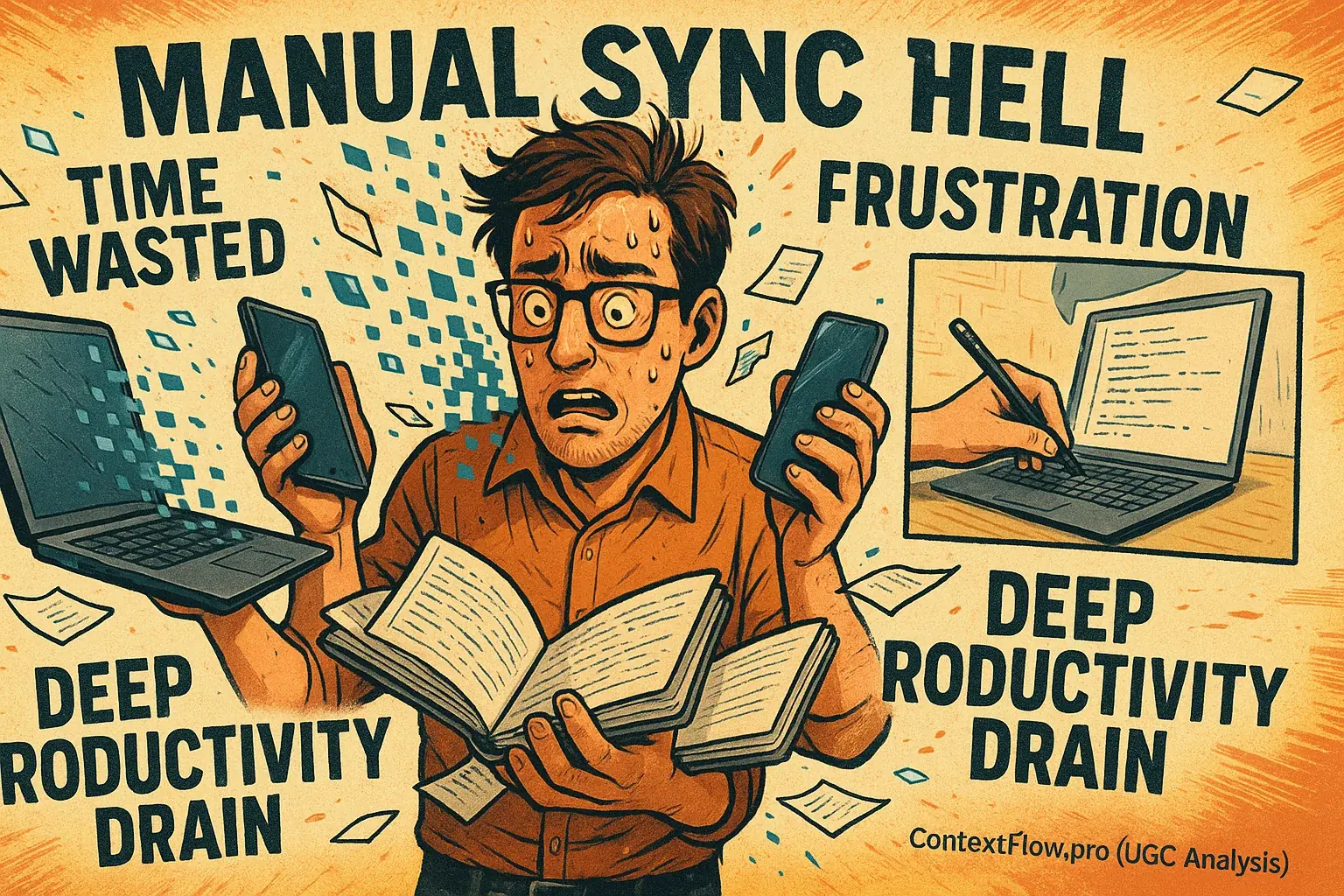
Ever feel that relentless digital-physical catch-up? You are not alone. Many hybrid professionals constantly shuttle information. Data moves between countless apps and physical notebooks. This exhausting routine defines 'manual sync hell'. It is far more than a simple nuisance. Our UGC analysis reveals it as a deep productivity drain. This frustration is a common thread in user experiences.
This daily battle is rarely about individual effort. Systemic issues are the culprit. Disconnected tools create these digital divides. Fragmented workflows compound the problem. Consider a common scenario from user reports: spending valuable minutes re-typing notes from a physical whiteboard into a digital task manager. A critical detail is forgotten. That is the real grind. It extends beyond mere data re-entry. The constant mental juggling to keep information aligned exacts a heavy toll.
Our investigation digs into these hidden burdens. We aim to clearly articulate the full impact of manual synchronization. Hybrid workers voice a strong desire. They seek an escape from this daily digital-physical wrestling match. The data from user discussions allows us to quantify this widespread pain. We will explore effective strategies. These solutions are born from real user experiences.
The Hidden Costs: Time, Errors & The 'Re-entry Tax' of Manual Sync
Calculate Your 'Manual Sync Hell' Time & Cost
Quantify Your Sync Struggle:
Enter your numbers and click 'Calculate' to see your estimated time loss.
Those numbers can be a true wake-up call. Your results reveal a stark reality. Manual synchronization actively consumes your valuable time. This continuous drain directly impacts personal productivity and deep focus.
You are not alone in facing this challenge. Real solutions exist. Our analysis of user experiences shows many professionals successfully reclaim these lost hours. Understanding your specific sync burden, as quantified above, forms the crucial first step toward improvement.
Ready to halt this persistent time leak? Let's explore effective strategies. Subsequent sections detail user-approved methods and integrated tools for hybrid work.
Beyond Time: The Silent Threat of Data Inconsistency & Errors
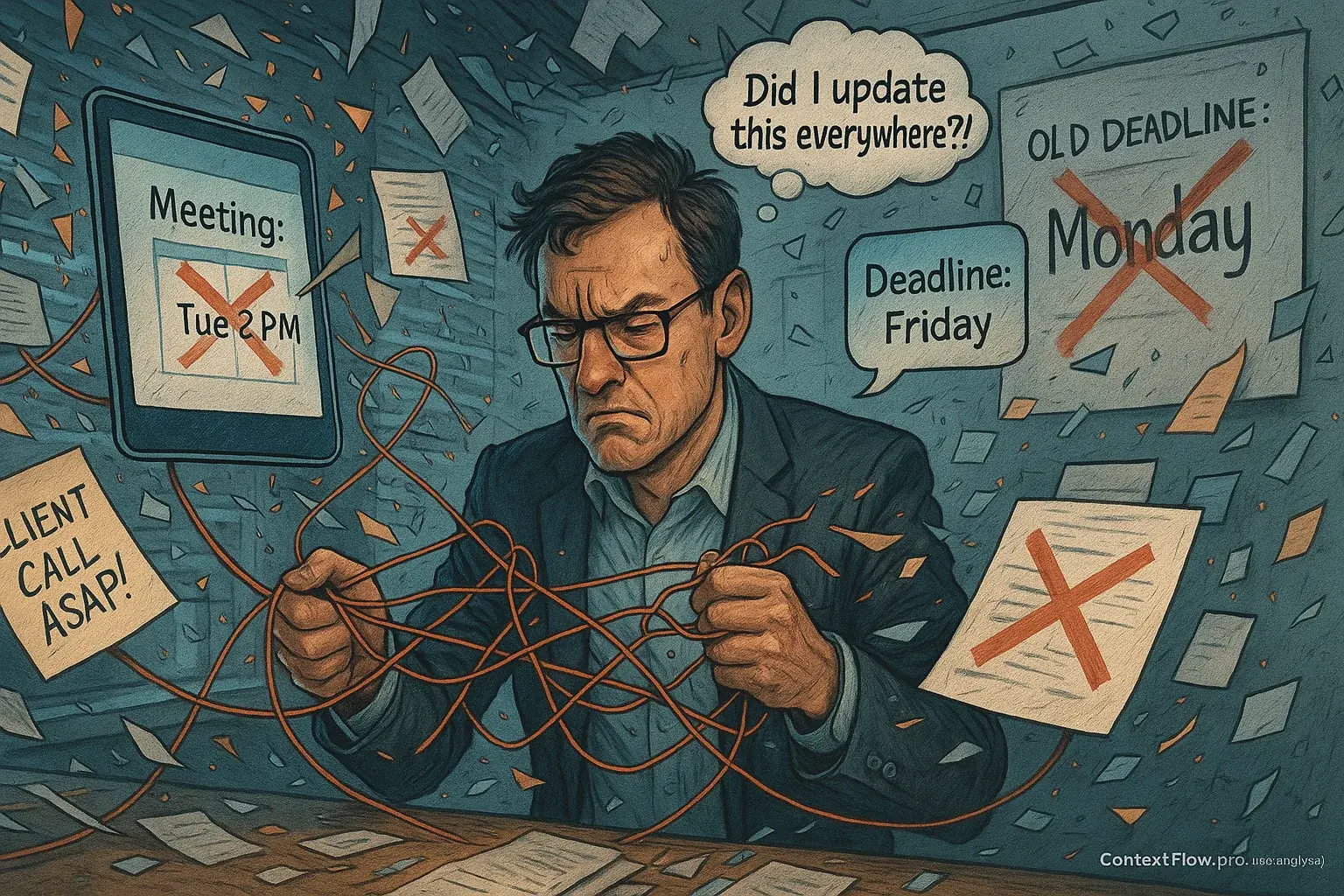
Manual sync is not just a time sink. It silently threatens your data's integrity. Professionals frequently recount that chilling moment: a crucial detail updated one place, forgotten elsewhere. Imagine a project deadline changed in a chat. The physical whiteboard remains untouched. Or a client note, vital and handwritten, never reaches the shared CRM. Critical information gets lost. Chaos often follows.
This data fragmentation creates a damaging ripple effect. Decisions get made. They rest on outdated, inaccurate information. Team members then unknowingly operate with conflicting data sets. Your trust in your own information systems? It crumbles. This forces constant, frustrating re-verification and endless double-checks.
Constant information verification adds immense cognitive load. "Did I update that everywhere?" becomes a recurring internal question. Users describe this feeling as a persistent, nagging anxiety. It is the "death by a thousand cuts" many hybrid professionals report. This mental tax continually pulls focus. Meaningful work inevitably suffers.
Wasted time from manual sync is glaringly obvious. The subtle, insidious creep of data inconsistency, however, is the unspoken truth. This defines manual sync hell for many. This problem can silently undermine entire projects. Often, no clear "why" emerges until significant damage is done.
Escaping the Loop: User Desires for Seamless Integration & Automation
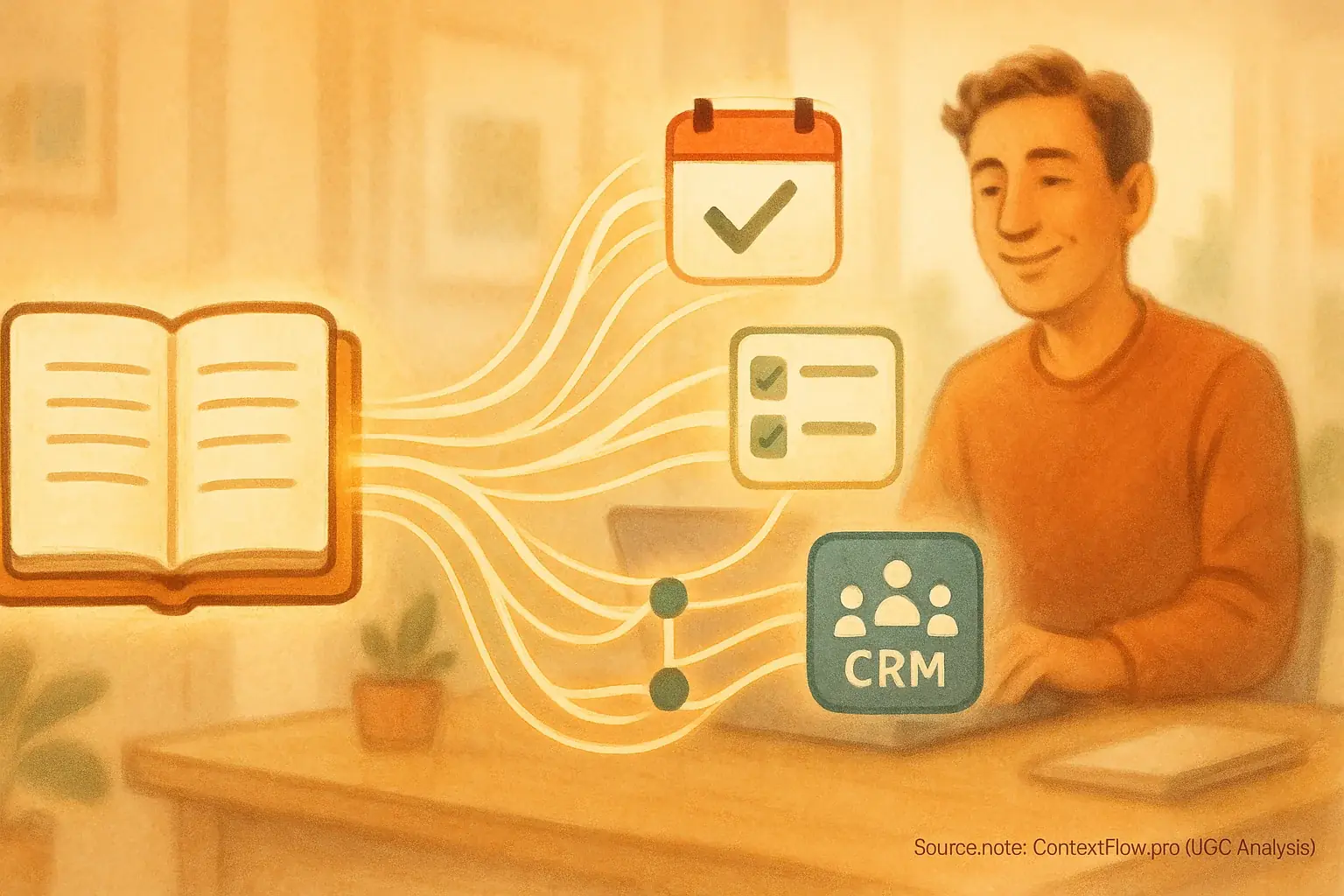
The relentless grind of manual synchronization wears users thin. Our analysis of user experiences shows an active search for better ways. The overwhelming desire? Seamless integration. Users consistently express wanting their tools to "just talk to each other." Effortlessly.
Users envision a future. Physical whiteboard notes automatically appear in digital project boards. Calendar updates instantly sync across all devices. No more re-entering. No more double-checking. This vision is not a pipe dream. It is a widespread user demand, one that the right tools can absolutely fulfill.
Users want their cognitive energy for actual problem-solving and creative tasks. They do not want to be human data-transfer machines. People crave workflows that actively support their focus. Workflows should not constantly break concentration with manual chores.
Encouraging news exists. Technology bridging this digital-physical chasm evolves rapidly. Our research into UGC reveals many users already find success. Smart integrations and automation are key. Finding the right fit for a unique workflow becomes paramount.
Breaking Free: Your Next Steps to Unfriction Your Hybrid Workflow
Manual sync hell is a real, frustrating, and costly problem for hybrid workers. It steals your time. It introduces errors. It drains your mental energy. But recognizing it is the first step towards freedom.
Ready to stop the endless re-entry and reclaim your focus? Start by auditing your current workflow. Then, explore the tools and strategies that truly bridge the digital-physical divide. For more insights into solving digital-physical friction, check out our comprehensive guide (see page with URL_Slug: 'digital-physical-divide-workflow-breakdown-stories').
At ContextFlow.pro, we're dedicated to helping you unfriction your hybrid work. We'll keep digging into user truths to bring you the most practical, data-backed solutions. Your seamless workflow is our mission.


